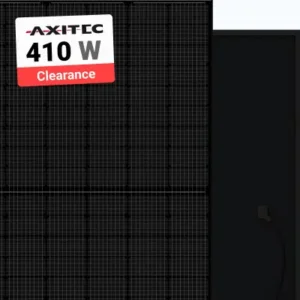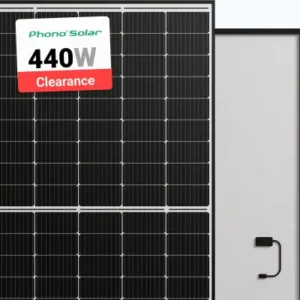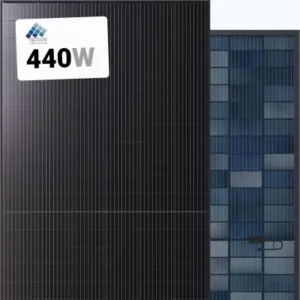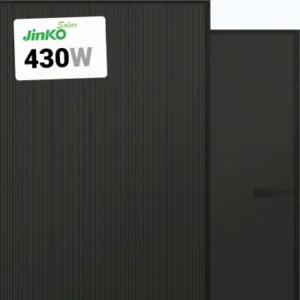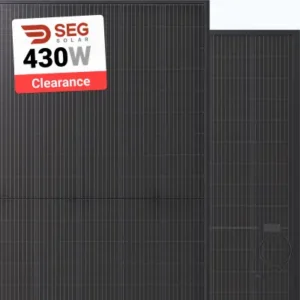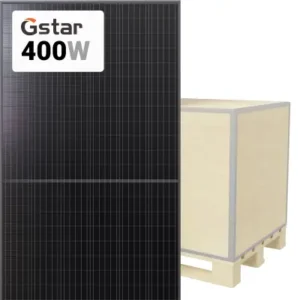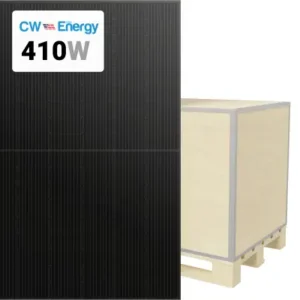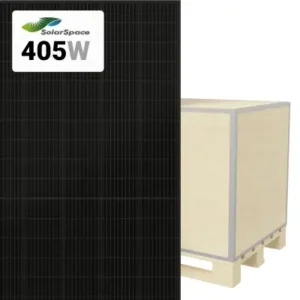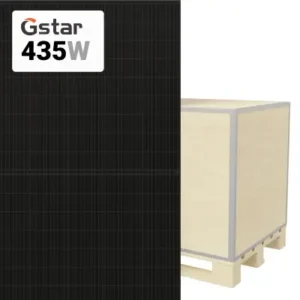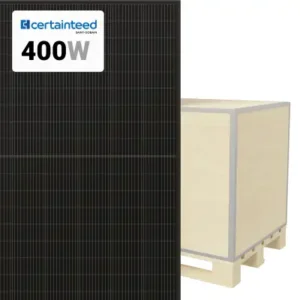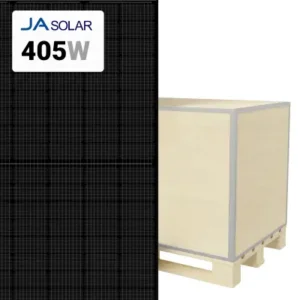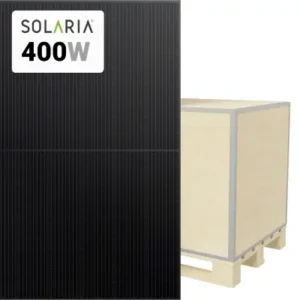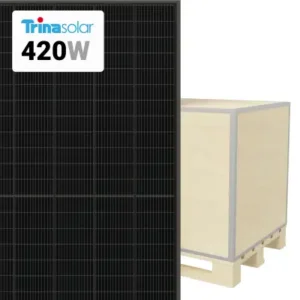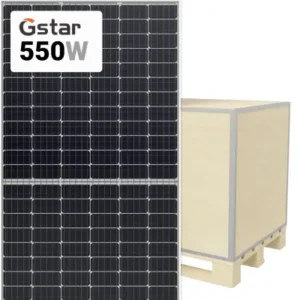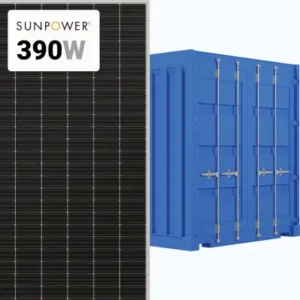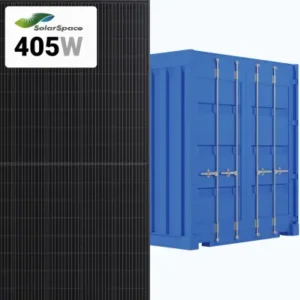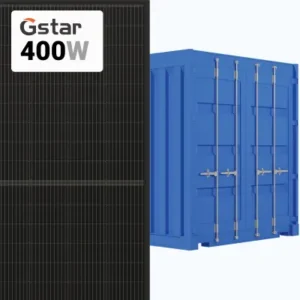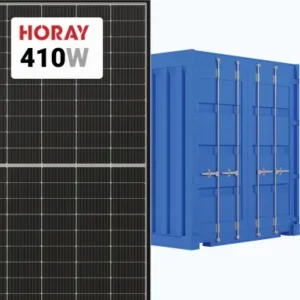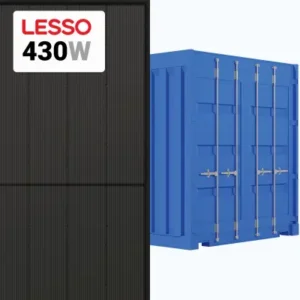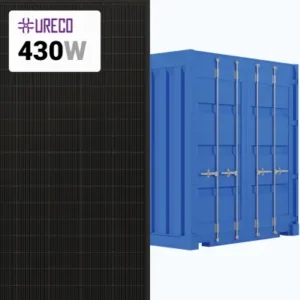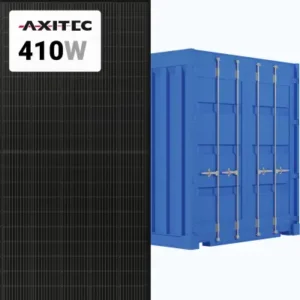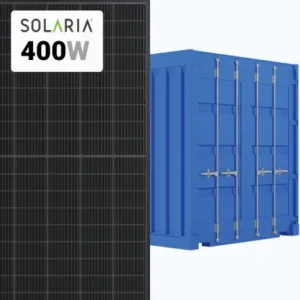Inverters are a crucial part of any solar installation. Without it the energy from the sun becomes useless for most of our household appliances. The most modern type of inverters are microinverters and the most famous manufacturer that makes them is Enphase Energy. Here is our quick review of this company.
About Enphase Company
Enphase Energy was founded in 2006. It’s an American company with headquarters in Fremont, California. The manufacturer introduced the concept of a microinverter which is now the company’s staple product. Here are some numbers about the brand:
- >300 issued patents
- >27 million inverters shipped
- >1500 employees worldwide
- >20 countries of operation
Enphase solar inverters for sale
ENPHASE IQ7 Microinverter IQ7-60-2-US
Specifications
- Condition — New
- Connector Type — MC4 or Amphenol H4 UTX
- Manufacturer — Enphase Energy
- Model — IQ7
- Type — Grid-Tie, Microinverter, RV & Boat inverter
- Watts — 250
- Input voltage — 60V
- Output Voltage AC — 240V
- Compatible with — 60-cell modules up to 300W
- Rated Efficiencies — 97%
- Dimensions LxWxH — 8.3 x 6.9 x 1.2 in
- Weight — 2.028 lbs
- Warranty — 25 years
- Delivery time — 5-7 business days
Enphase IQ7A Microinverter IQ7A-72-2-US
Specifications
- Condition — New
- Connector Type — MC4 or MC4 comparable
- Manufacturer — Enphase Energy
- Model — IQ7A
- Type — Grid-Tie, Microinverter, RV & Boat inverter
- Operating temperatures — -40ºC to +60ºC
- Watts — 366
- Input voltage — 58V
- Output Voltage AC — 240V
- Compatible with — 60 and 72-cell modules
- Rated Efficiencies — 97%
- Dimensions LxWxH — 10 x 7 x 1.2 in
- Weight — 2.38 lbs
- Warranty — 25 years
- Delivery time — 5-7 business days
Enphase IQ7+ Microinverter IQ7PLUS-72-2-US
Specifications
- Condition — New
- Connector Type — MC4 or Amphenol H4 UTX
- Manufacturer — Enphase Energy
- Model — IQ7+
- Type — Grid-Tie, Microinverter, RV & Boat inverter
- Watts — 295
- Input voltage — 60V
- Output Voltage AC — 295V
- Compatible with — 72-cell modules up to 400W
- Rated Efficiencies — 97%
- Dimensions LxWxH — 8.3 x 6.9 x 1.2 in
- Weight — 2.028 lbs
- Warranty — 25 years
- Delivery time — 5-7 business days
Enphase 3Phase Network Protection Relay NPR-3P-208-NA
Specifications
- Condition — New
- Manufacturer — Enphase Energy
- Model — NPR-3P-208-NA
- Operating temperatures — -13º to 122ºF
- Output Voltage AC — 208
- Dimensions LxWxH — 24 x 30 x 10 in
- Weight — 76 lbs
- Warranty — 5 years
- Delivery time — 5-7 business days
Enphase Ensemble IQ8M Microinverter EN-IQ8M-72-2-US
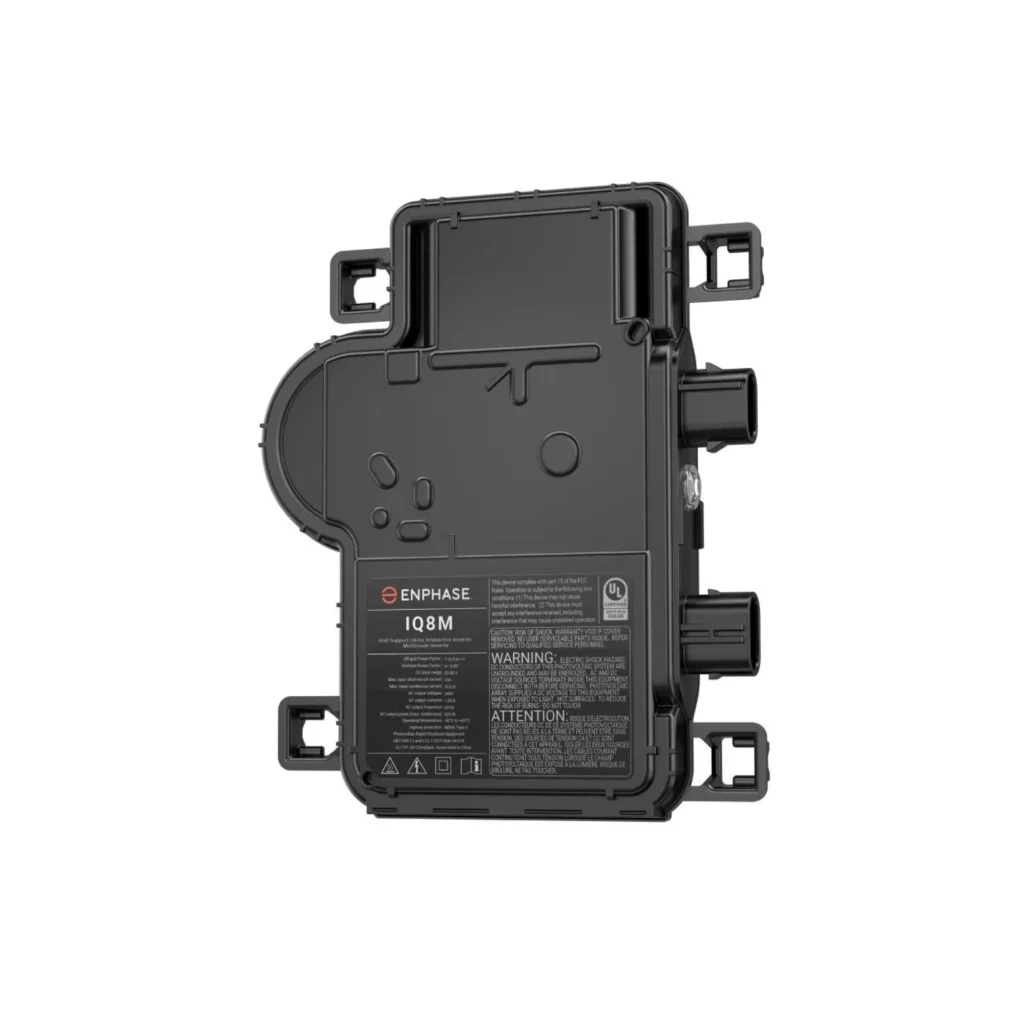
Specification:
| Input Voltage DC | 60 |
| Output Voltage AC | 330 |
| Solar panel compatibility | 60/72 – 120/144 cell |
| Type | Grid-Tie InvertersHybrid InvertersMicro inverterOff-Grid Inverters |
| Watts | 260 – 460 |
| Rated Efficiency | 97.6 % |
| Dimensions LxWxH | 8.3” x 6.9” x 1.2” |
| Weight | 2.38 lbs |
| Manufacturer | Enphase Energy |
| Manufacturer Part # | EN-IQ8M-72-2-US |
| Operating Temperatures | -40ºF to +140ºF |
| Warranty | 25 years Manufacture |
| Delivery Time | 5-7 business days |
Quality And Performance
Enphase inverters are made to withstand extreme weather conditions, like tundra or tropics. In 2014 Enphase engineers tested their product in Australia in one of the hottest summers in the history there. For instance, in Adelaide the inverters had to endure 12 days when the ambient temperature went above 104 °F reaching the peak at 115 °F. Every Enphase solar inverter survived and thus passed the testing.
Microinverters are known to be very efficient and the conversion rate of Enphase inverters is indeed impressive. The aforementioned models show 97% efficiency which means that they lose almost no energy in the process.
Warranty And Service
Microinverters require no maintenance at all which is convenient since they are always on the roof — just take a look at them every time you perform a visual inspection of your solar array and check the connections. You can monitor the performance of your inverters with your smartphone or laptop.
Every Enphase inverter comes with a 25-year performance warranty. Microinverters are just as durable as panels themselves. In theory they can last for up to 100 years.
What to look for when choosing a Enphase solar inverter
When choosing a microinverters, inspect the specifications list carefully. Make sure that that model that you are looking at is compatible with the panels that you are using. For example, IQ7+ model is made for 72-cell panels that are up to 400W in power output which means that you shouldn’t pair it with 60-cell panels. Not all the models are compatible with half-cut cell panels, so you should ask about it in advance. Other than that, microinverters are very easy to install and use, which is one of their main advantages.
FAQ
Q.: What are the pros and cons of microinverters?
A.: Microinverters are very easy to install, efficient and last longer than normal inverters. Also every module becomes independent which makes shading, for example, a less serious problem. The downsides are higher price, possible maintenance — if one of the microinverters breaks down, you’ll have to climb up the roof — and the compatibility with batteries, since most of them need DC.
Q.: How many microinverters do I need for my systems?
A.: Generally, you would need the same number of microinverters and panels, but some models are made to be connected to two, three or even four panels at once. Q.: Is there any way to pick panels and microinverters that are compatible with them together in one order?
A.: Sure. You can also ask if there are any AC modules for sale — solar panels with preinstalled Enphase microinverters.

